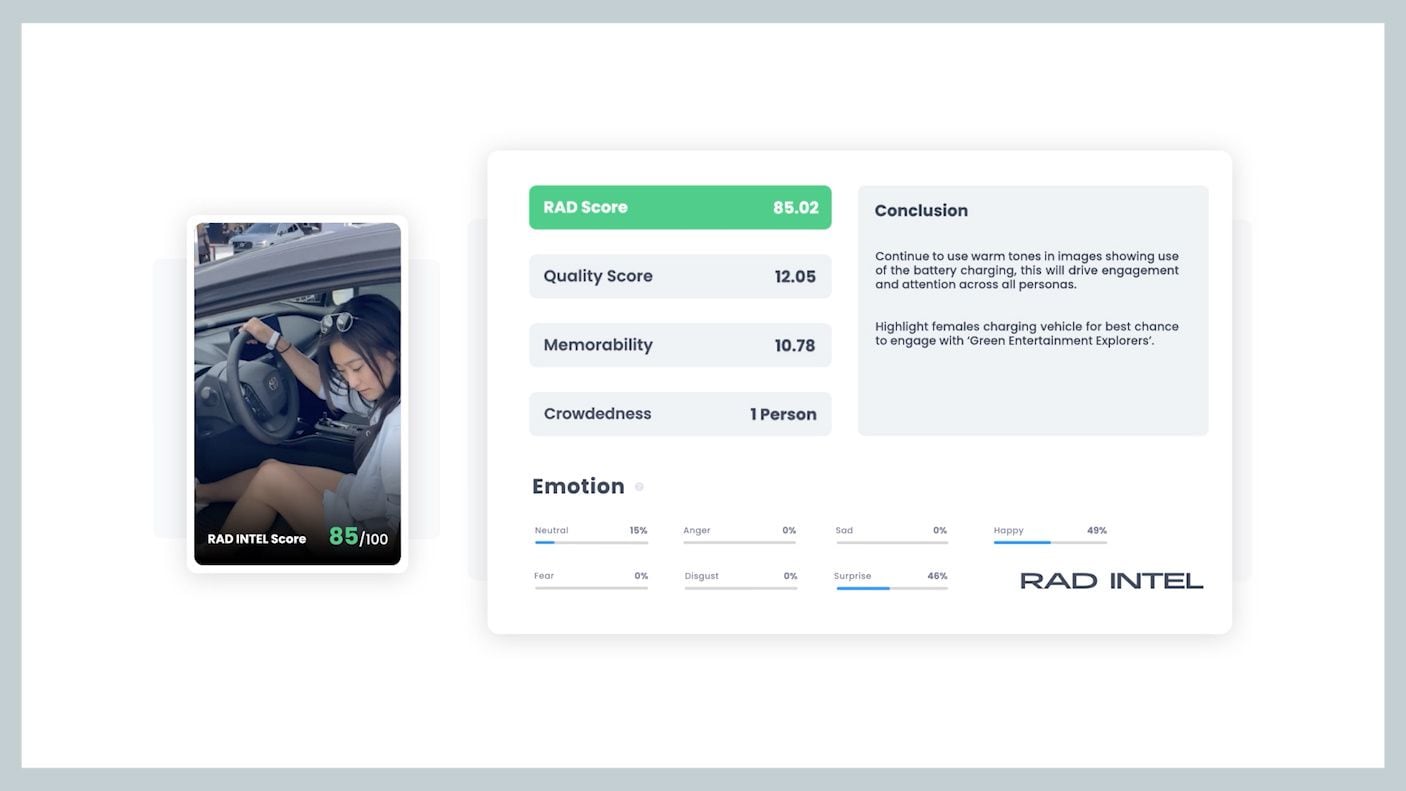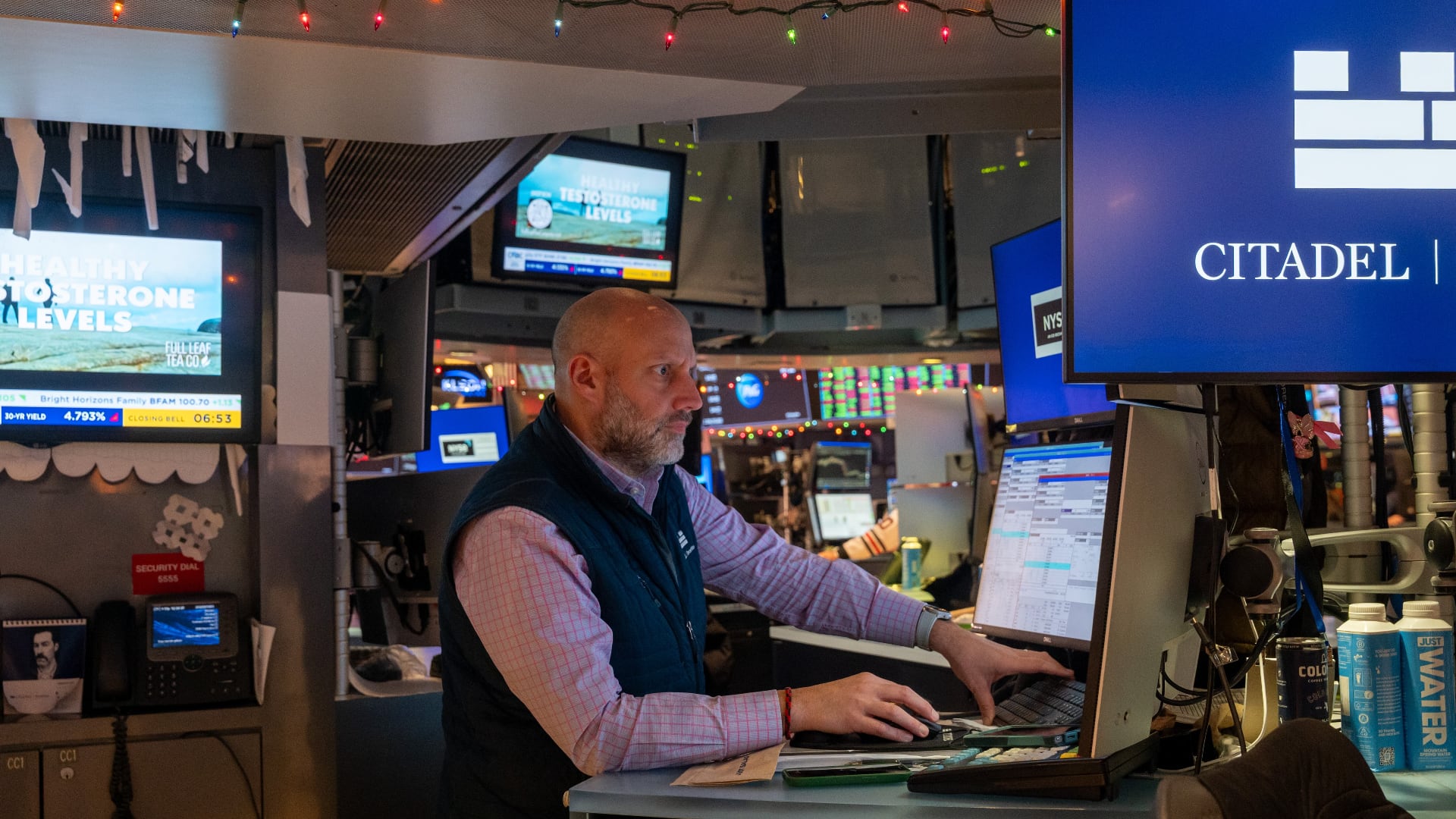As concerns about social justice issues and the coronavirus take over the headlines, brands and advertising agencies are paying careful attention to where they put their marketing dollars.
Every year, digital media companies put forth their upcoming content and projects for advertisers and brands. This year's events, known as the Digital Content NewFronts, were held virtually from Monday June 22 to June 26. Companies including Roku, Hulu, Conde Nast, NPR, Facebook, VICE, and YouTube presented this year, joined by the likes of TikTok and Barstool Sports for the first time.
What's clear is that while the trend of audiences moving away from television towards digital media has been present for years, it was accelerated during the pandemic.
Here are the top three takeaways from the 2020 NewFronts:
Replacing Traditional TV
Many people turned to streaming services and devices during the pandemic, which may have further accelerated cord-cutting trends.
Vevo said it reaches 148 million viewers a month and witnessed a 20 percent increase in viewership on connected TVs since the beginning of March. Roku posted 39.8 million active accounts during its last earnings report, which only included the very beginning of the coronavirus crisis.
"We streamed nearly as much in Q1 as we did in 2017," Roku vice president of ad sales and strategy Alison Levin told Cheddar. "We're only seeing the trends around cord-cutting and streaming accelerate during this time frame."
Meanwhile, about 83 million viewers have an ad-supported version of Hulu.
"Streaming is leading one of the most profound consumer behavior shifts in history. For advertisers, streaming TV is no longer a 'nice-to-have' or 'a place to test and learn.' It's a must-have and it will redefine advertising in the same way that search did 20 years ago," Hulu president Kelly Campbell said during the company's presentation.
Sports remain one of the last draws for live TV viewership, but with leagues on pause during the pandemic, it's causing marketers to rethink how much they want to spend with traditional media companies.
But digital media companies like Barstool Sports are finding ways to draw in those fans. It announced 32 shows, including esports programming. The company gets 1.6 billion social views and 26 million video views monthly, focusing on the key 18 to 49-year-old demographic.
"By not being beholden to somebody's schedule or somebody's broadcasting rights, we're pretty free to do whatever we want and that's been a huge part of our growth," CEO Erika Nardini told Cheddar.
No Production? No Problem
Traditional TV and movie production has been halted, leaving questions about whether or not there will be any fall premieres. With movie theaters closed, entertainment companies are pulling or delaying their theatrical slate, including summer tentpoles like Christopher Nolan's Tenet or the latest installment in the Fast and Furious franchise F9.
Digital media companies that rely on user-generated content have not faced the same issues to such a degree during stay-at-home restrictions. During its Brandcast presentation, YouTube head of trends and culture Kevin Allocca pointed out that more than half of the content viewed on YouTube had been uploaded within the previous seven days.
Allocca told Cheddar that people's creativity blossomed while stuck at home and how-to channels like Dad how do I? — which focuses on showing people how to be self-sufficient — thrived. Entertainers like Jimmy Fallon and John Krasinski also used the platform to put their own spin on day-to-day news and share activities from their own homes without high production value.
"We lost a lot of what we describe as communal cultural experiences. We couldn't go to concerts anymore," Allocca explained. "We couldn't go to these various events to connect with other people or the things people were passionate about. So you a really interesting explosion of live streaming content from major artists."
With musicians unable to go on tour, a lot of them are also posting online. Vevo put up more than 170 pieces of new content including home performances and other recordings.
"We are always on," said Vevo's vice president of east coast sales, Kinsey Tamberrino. "We are never canceled."
Getting Creative
Companies that do marketing on digital media have traditionally faced several challenges, from measuring an ad's success to finding nimble ways to change ad spends based on trends. That's on top of the need to produce advertising that will resonate with a digital audience.
To improve advertiser capabilities, Hulu announced more measurement methods and formats. One new option is called GatewayGo, which combines traditional commercials with push notifications and QR codes. Hulu claimed 60 percent of viewers were likely to purchase something from a marketer after they received an offer.
TikTok introduced a new slogan "Don't make ads, make TikToks." It launched TikTok for Business, which is focused on helping companies find ways to authentically get in front of their audiences. New features include putting brand logos or products in a user's video, as well as working with 2D, 3D, and augmented reality partners to create additional effects.
Roku unveiled its "Agile Investment Plan" to help develop effective ads, control how frequently they run, and introduce equivocal pricing for ads that are shorter than traditional 30-second spots. It also created "Roku Reserve," a way for companies to advertise on the top 1 percent of Roku's content inventory.
The company is also allowing for more changes based on trends and other concerns, like canceling ad buys because of coronavirus trends.
"It's incredibly important for our markets to have creative that is running on the largest streaming platform that is relevant now, not relevant a few weeks ago," Roku's Levin said to Cheddar.












